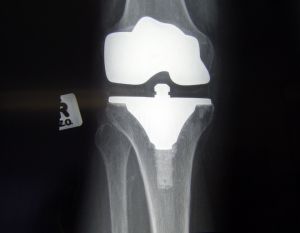For patients with kidneys that do not function properly, dialysis is a way of life. Dialysis is a process used to clean the blood in cases where the kidneys are not able to filter out waste. While dialysis can allow a person to live with failing kidneys for a long time, it is not without complications, including the potential that a dialysis patient will be injured by a defective drug during treatment. 
For those patients undergoing dialysis routinely, progress is being made by scientists to find a solution that could allow for an escape from the dialysis cycle. As Reuters recently reported, scientists have now successfully made a rat kidney that does everything a natural kidney can do. Our Boston dialysis injury attorneys know that this is a promising development for patients that may provide hope for the future.
Dialysis Patients Hope for Solutions
Dialysis is a remarkably effective treatment for most patients and can allow patients to live for many, many years even once their kidneys have failed. However, like with any medical procedures, things can go wrong when a patient has to undergo any type of medical treatment. With dialysis, which often occurs multiple times per week, patients are thus naturally at greater risk of complications or problems since they are submitting so often to medical treatment.
Numerous issues in recent years have shown just some of the risks that dialysis patients face. For example, we recently wrote about dialysis patients who were exposed to viruses during their dialysis treatment. We are also representing many patients or surviving family members of patients who were injured by defective dialysis products made by Fresenius.
These products, GranuFlo and NaturaLyte, caused the body to have too many bicarbonates, which created many complications including an increased risk of heart attack. Thousands of patients suffered cardiac events because of GranuFlo and NaturaLyte, and some of those patients died as a result of the harm that they endured.
Tragically, these dialysis complications are far too common among those who need to routinely undergo this type of treatment. While many patients will be able to undergo dialysis successfully, there is always a risk of these complications and it would be a better alternative if a long-term solution was found that eliminated the need for dialysis entirely.
The hope is that the development of the artificial rat kidney will soon open the door for the creation of a human kidney that can do what the body’s kidneys can do. Reuters reports that several labs are competing with each other to develop the most efficient ways of producing full functioning artificial kidneys and other organs, making use of 3D printing technologies.
Hopefully, these labs will be able to find a solution and come up with a kidney that works in people. While this will come too late for the thousands who died as a result of GranuFlo and NaturaLyte, allowing patients an alternative to dialysis could save lives and prevent further complications due to bad drugs or unsafe medical practices in the future.
Continue reading
 Boston Personal Injury Attorney Blog
Boston Personal Injury Attorney Blog












